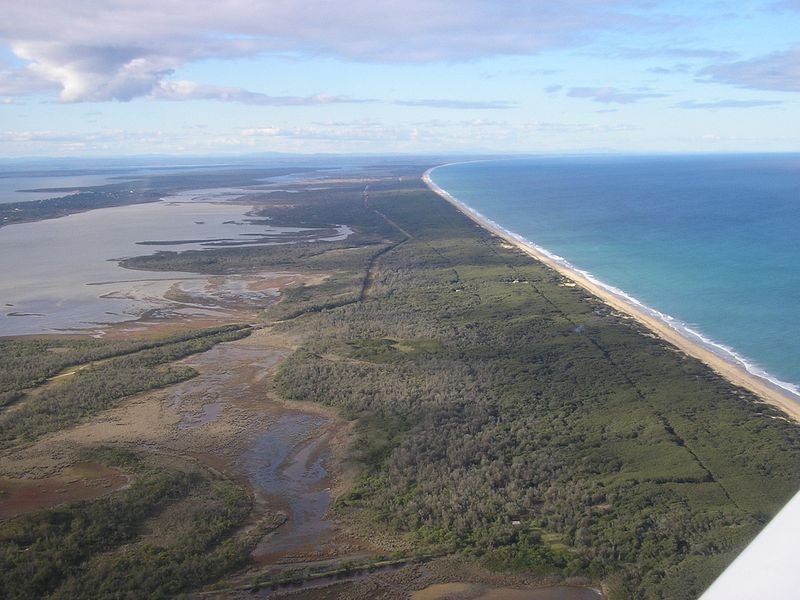[dah-ree em-pyre]
1. Overview
The Dahri Empire, now fragmented into independent cities and regions, once ruled a vast territory from the Riftlands, along Obice Bay, down to the Riben. Despite its fall, the legacy of the empire persists, with each fragment claiming legitimacy as the true heir. These territories, bound by a common heritage, continue to navigate their relationships through a complex web of alliances and rivalries, each upholding the traditions of the ancient empire.

2. Geography
The lands of the former Dahri Empire feature a diverse terrain that transitions from sandy coastal strips in the West to semi-fertile grasslands in the East. This variety supports multiple ecosystems and agricultural practices, which are integral to sustaining the various successor states. The geography significantly influences the lifestyle and economic practices of its inhabitants.
3. History
Originally a powerful and unified empire, the Dahri lands have seen numerous battles for supremacy among successor states after its decline. Historical interpretations often serve as justifications for political claims, leading to frequent conflicts and diplomatic tensions. The shared history continues to shape the political and cultural landscape of the region.
4. Political Structure
The political landscape is fragmented, with each city-state or region governed independently, often under a monarchy or a council. Despite their separation, these governments share a claim to the Dahri legacy, leading to a complicated network of alliances and enmities with both internal and external entities.
5. Economy
The economy across the former Dahri lands is varied, primarily based on agriculture, trade, and local crafts. The diverse geography allows for different types of crops and livestock, which are crucial for trade both within and outside the region. Economic rivalries often mirror political tensions, influencing trade routes and partnerships.
6. Culture and Society
The society of the former Dahri Empire is unique in its secular approach to celebrations and community gatherings, with a distinct disdain for religious worship. Instead, the culture emphasizes human achievements and the potential of individuals. Ceremonies and festivals, common across the successor states, celebrate historical figures, societal advancements, and personal triumphs rather than divine intervention. This secular tradition reinforces a societal focus on tangible accomplishments and the importance of the human element in shaping history and culture. Social structures, while varied, often elevate scholars, historians, and civic leaders who contribute significantly to their communities.
7. Military
During its zenith, the Dahri Empire boasted the largest military force the world had ever seen, renowned for its discipline, innovative tactics, and sheer scale. However, the Age of Darkness (AoD) marked a turning point, leading to the empire’s decline and the eventual fracturing of this formidable military might. Today, what once was a united force is now divided among the successor states, each controlling fragments of the once-great army. These splintered military factions often find themselves pitted against one another, reflecting the deep-seated rivalries and conflicts that have emerged post-empire. This internal strife has led to a progressive weakening of military strength across the region, turning soldiers who once fought side by side into adversaries.
8. Notable Locations
List and describe significant cities, landmarks, or mysterious places within the region. This can include capitals, cultural sites, and areas of particular danger or interest.
9. Significant Characters
Introduce key figures associated with the region, such as rulers, heroes, or villains. Include brief descriptions of their roles and impacts on the region.
10. Current Issues and Future Prospects
The region faces ongoing issues of political fragmentation, occasional conflicts over resources, and disputes over historical interpretations. The future holds possibilities for either reunification under a new imperial banner or further splintering, depending on how the successor states navigate their shared history and present challenges.
11. Description
The Dahri Empire, as it once was known, has faded into history, yet its legacy persists across the vast expanse of land that once fell under its sovereign banner. Today, what was once a unified empire has fragmented into numerous independent cities and regions, each claiming legitimacy as the rightful heir to the Dahri legacy. This shared heritage binds these splintered states together culturally and historically, even as they vie for supremacy and recognition among themselves. The lands that were once the Dahri Empire stretch from the edge of the Riftlands to the southern tip of PLACEHOLDER BAY, encompassing a wide swath of the continent. The geography of this expansive territory is notably diverse, but it is characterized predominantly by a landscape that transitions seamlessly from sandy coastal strips to open, semi-fertile grasslands. This gradient in the landscape supports a variety of ecosystems and agricultural practices, contributing to the region’s ability to sustain its various communities despite the empire’s fall. Despite their common cultural foundations, the various successor states to the Dahri Empire are embroiled in a complex web of rivalries and alliances, each government asserting its claim to be the true continuator of the Dahri traditions and authority. These claims are often backed by interpretations of history that paint rival states as traitors or usurpers, complicating diplomatic relationships and sometimes leading to conflicts. In this current era, the remnants of the Dahri Empire are at a crossroads, struggling to find a balance between cooperation and conflict, unity and division. The people of these regions still hold a deep reverence for their imperial past, and many yearn for a return to the glory days of a united empire.